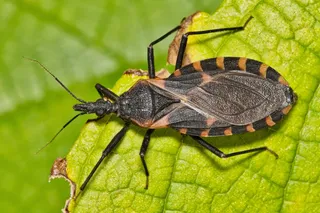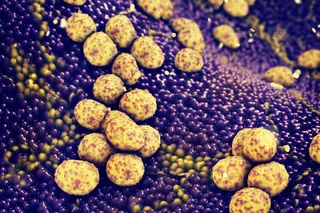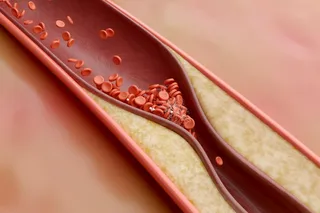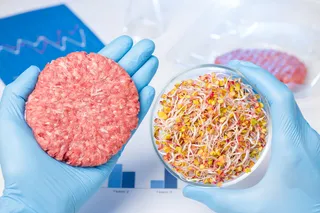I've made a few comments about inclusive fitness/kin selection that have expressed caution recently, but this paper in Molecular Ecology points in the other direction and reaffirms the power of W.D. Hamilton's theoretical framework. But one must remember that some of the review literature suggests that kin selection might have been a sufficient condition for the initial evolution of eusociality enabled by haplodiploidy, it may not be a necessary one for its persistence. The ideal model holds that since males are haploid, the coefficient of relatedness between sisters who share a father and mother will be 3/4, greater than the 1/2 coefficient of relatedness between mothers and their daughters. Following Hamilton's Rule, B > C/r, where B ~ benefit, C ~ cost and r is coefficient of relatedness, you get the perfect recipe for altruistic behavior driven purely be gene level selection. The reality though is that sisters within many ...
Inclusive fitness, yes!
Explore how inclusive fitness kin selection influences eusociality and the complexities arising from genetic relatedness.
More on Discover
Stay Curious
SubscribeTo The Magazine
Save up to 40% off the cover price when you subscribe to Discover magazine.
Subscribe












